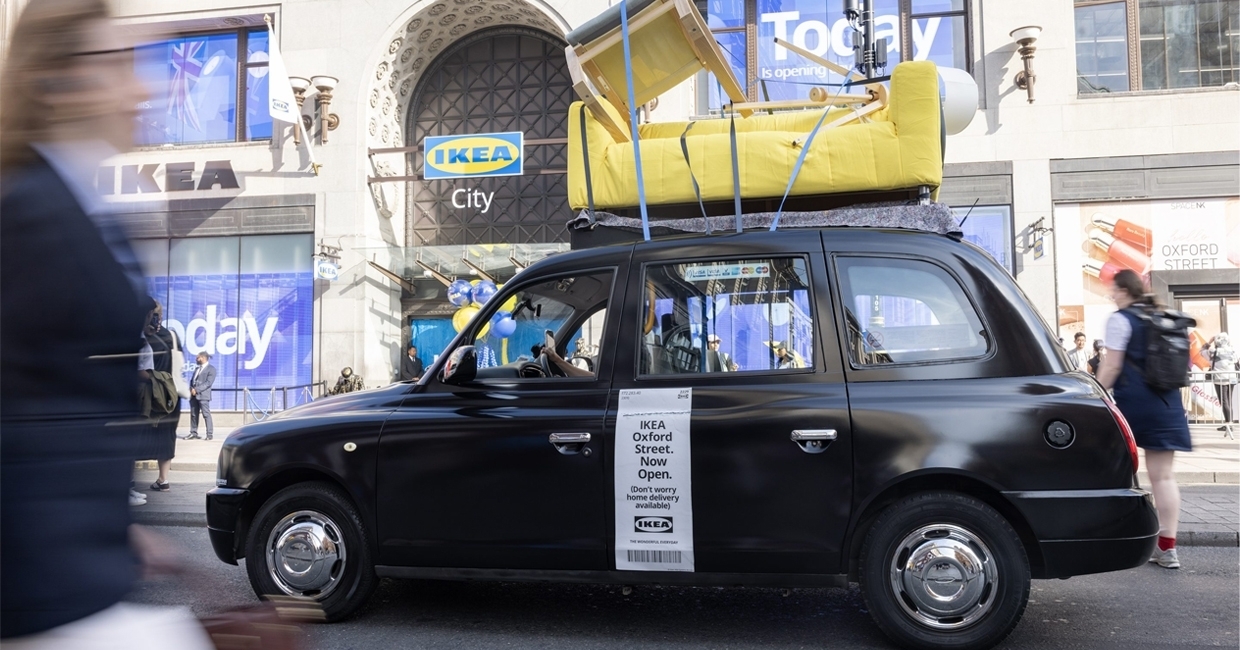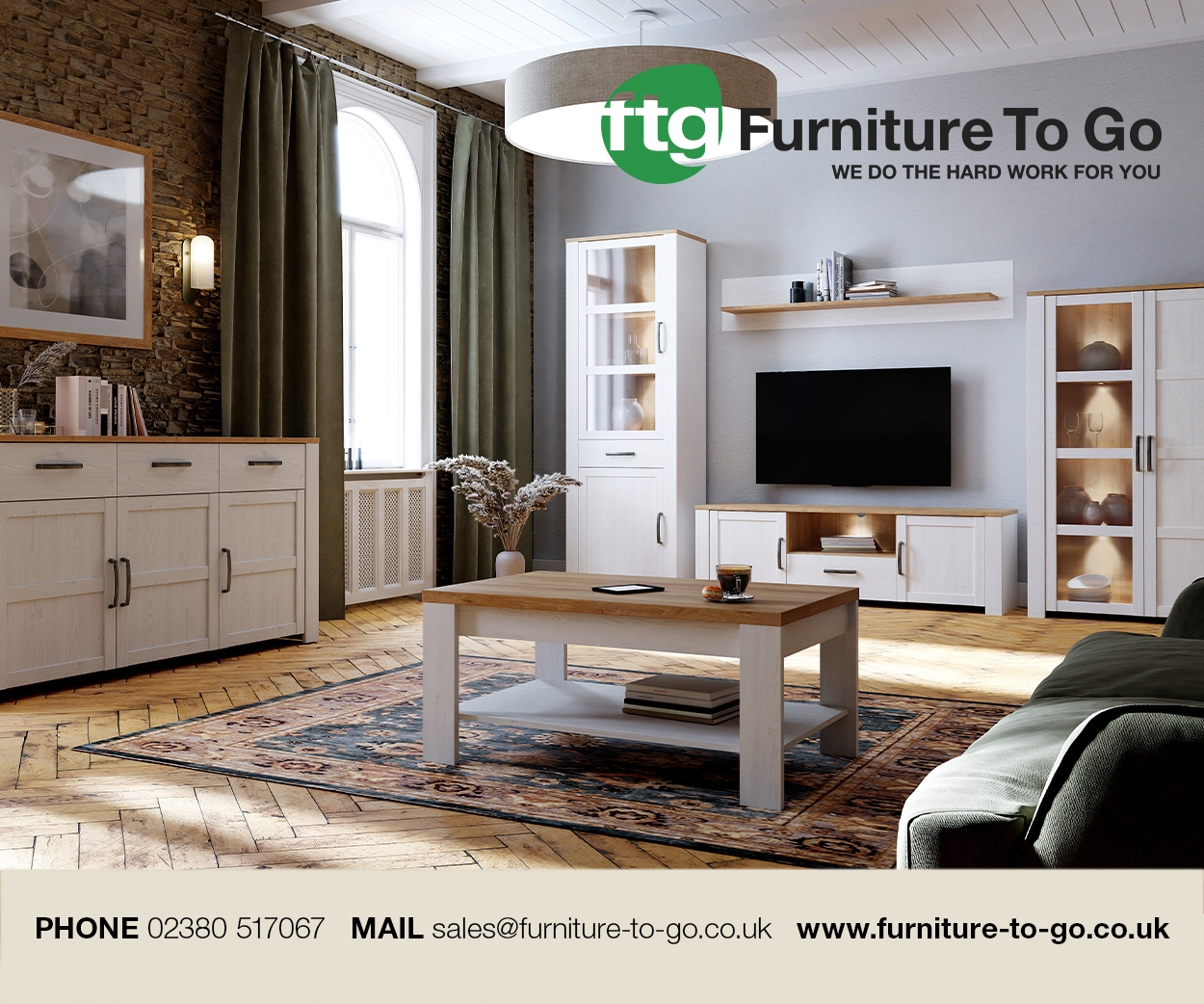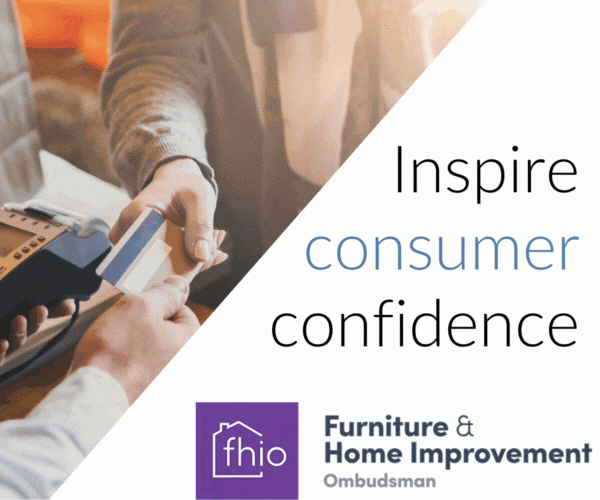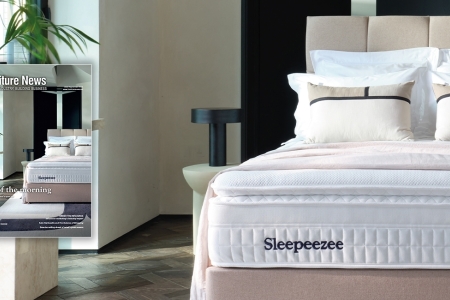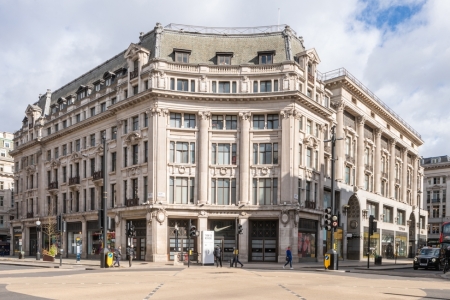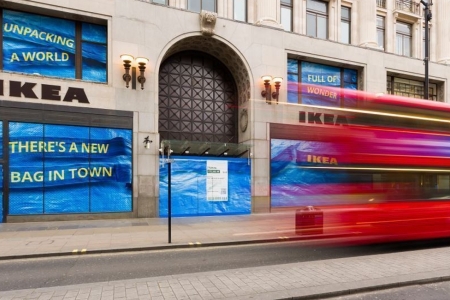In May, IKEA opened its highly anticipated store on London’s Oxford Street, bringing its value furniture offer to shoppers in the heart of the capital. Its decision to do so despite the lack of on-site parking reflects the evolution of furniture delivery, writes Richard Hanscott, CEO at SMS services specialist Esendex, who suggests that it may be time to rethink the ‘final mile’ of the fulfilment process …
Renowned for its flatpack furniture and immersive showroom experiences, IKEA raised eyebrows when it announced the opening of a new store on bustling Oxford Street in central London. Notably, the store has no on-site parking, prompting the question – how will urban shoppers get their purchases home?
The delivery market has shifted considerably in recent years. A previous report found that in 2023, click-and-collect sales made up more than one in 10 of all retail ecommerce sales. Meanwhile, parcel lockers – where customers can collect their parcel from a nearby locker at a time that suits them – have soared in popularity due to their convenience and often cheaper pricing when compared to door-to-door postal services. InPost, a leader in the parcel locker market, delivered a record one billion parcels last year, while adding 11,500 new lockers to its network.
The addition of these delivery alternatives means retailers selling smaller goods like clothing and accessories have been able to benefit from the greater choice they can offer to their customers. But until a flatpack desk can be compressed into the size of an A3 envelope, those dealing with larger, bulkier items – like furniture – need to seek other ways to enhance their delivery experience.
Additionally, with few shoppers heading into IKEA to pick up just one or two items, the challenge isn’t just about getting the bigger products delivered – it’s also about getting multiple different-sized products home.
Buy now, delivered later
In the case of IKEA’s no-car Oxford Street store, the traditional showroom-to-car boot model is no longer sustainable. While other furniture retailers might be put off by an inner-city location like this one, IKEA has recognised that the site brings a unique opportunity to offer consumers a new experience when it comes to in-store purchasing and home delivery – all while capitalising on the heavy footfall of a busy urban location.
This shift in focus from physical convenience at the point of purchase to digital convenience post-purchase means that the final mile – the last stage of the parcel’s journey – is now a critical differentiator when it comes to customer experience.
Thinking beyond the logistics
The final mile has long been a logistical challenge for retailers, but it can’t be considered solely from an operational point of view. Rather, retailers must recognise that the post-checkout experience has become a customer touchpoint in its own right, and an extension of the brand itself. In the case of IKEA, the erasure of other delivery options – such as click and collect – puts further pressure on the success of the final mile.
Effective communication is essential to deliver a good delivery experience. Customers expect to be kept in the loop at every stage, from when their order is first received, all the way to their door. And if something changes, they want to be the first to know.
Customers will often need to co-ordinate deliveries around work and home access. Here, timing and transparency are key. A missed or delayed delivery can easily lead to frustration and a poor experience, even if the product itself is perfect.
In a bustling urban environment like central London, where you can expect a lot of customers to live in flats and apartments, many may also be calling in favours with friends to help them move furniture up and down stairs, further adding to the disruption if the shipment doesn’t arrive when expected.
Automating delivery updates
To meet these demands at scale, retailers are increasingly turning to automation. Smart messaging platforms allow brands to send timely updates, confirmations and alerts through the channels customers are already using – including SMS, WhatsApp, and in-app messaging.
While automation can help send out large numbers of messages with no or minimal effort, it doesn’t need to be impersonal. With the right tools, it’s possible to create highly personalised, useful messages that feel human – even if they’re created with the help of AI.
There’s a number of different messages retailers can use to communicate with customers throughout. Instant order confirmations can be useful to reduce post-purchase anxiety and initially reassure customers that their purchase has been processed. Once the item has left the warehouse, real-time tracking links give visibility and control over delivery, while proactive updates for delays and ETAs prevent ambiguity and unnecessary calls to customer service, lightening the load on busy contact centre staff.
Messaging platforms can also be used beyond product delivery by sales and marketing teams to gather further feedback and prompt reviews. They can also be used to suggest related products based on buying patterns, as well as styling inspiration and tips. Not only do these help customers get the most out of their purchase, reducing buyer’s remorse and associated returns, but they can also help to drive further sales. Customer satisfaction and long-term loyalty will both benefit from a positive delivery experience that doesn’t just end when the shipment arrives at the door.
A look ahead
IKEA’s Oxford Street store is a symbol of a wider industry shift. With fierce competition in the sector and annual household spend on furniture dropping, retailers and logistics providers need to adapt to new retail models if they’re to survive – and thrive – in today’s market.
As the final mile evolves from a purely operational concern to a strategic differentiator, customer communication is becoming all the more essential for experiences that enhance, rather than detract from, the product itself.
Photo courtesy IKEA


